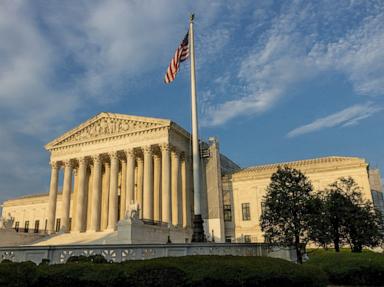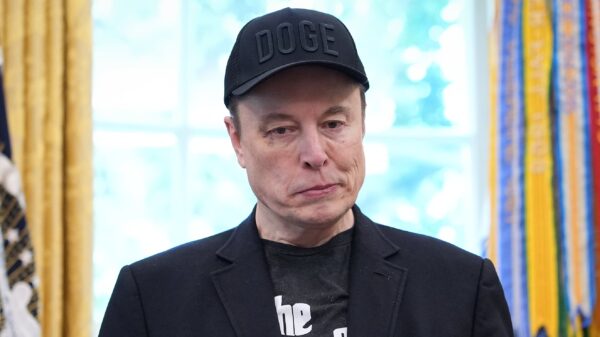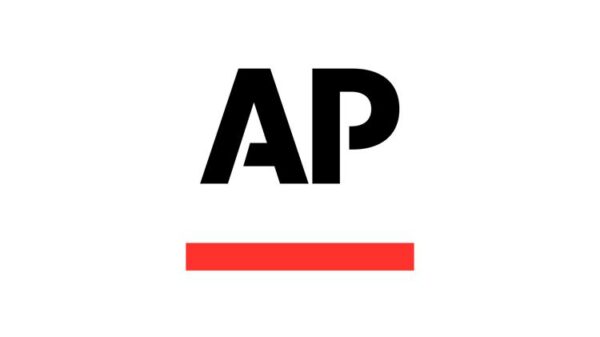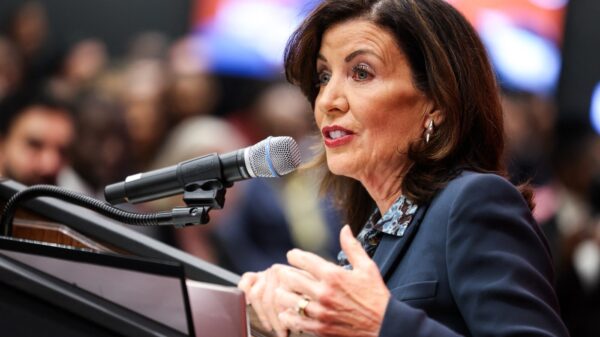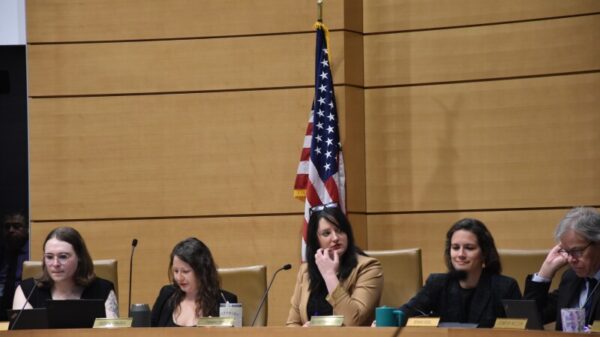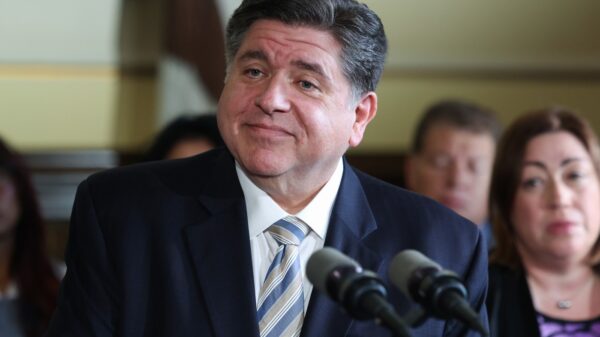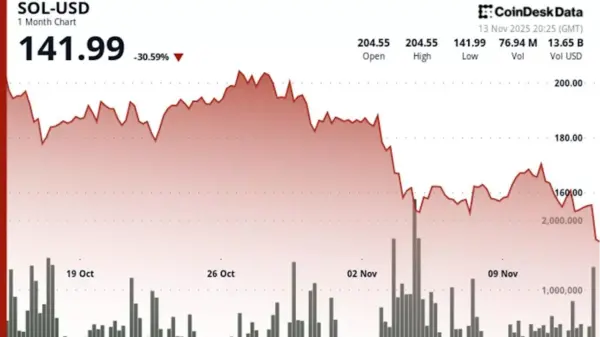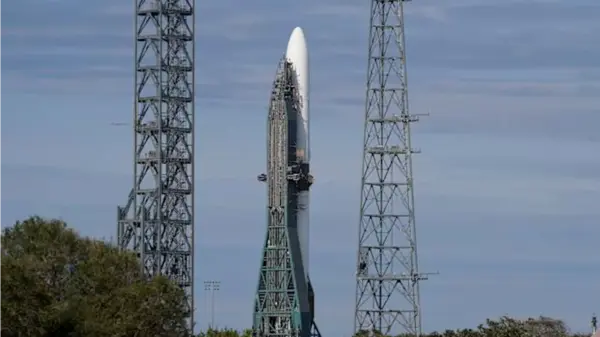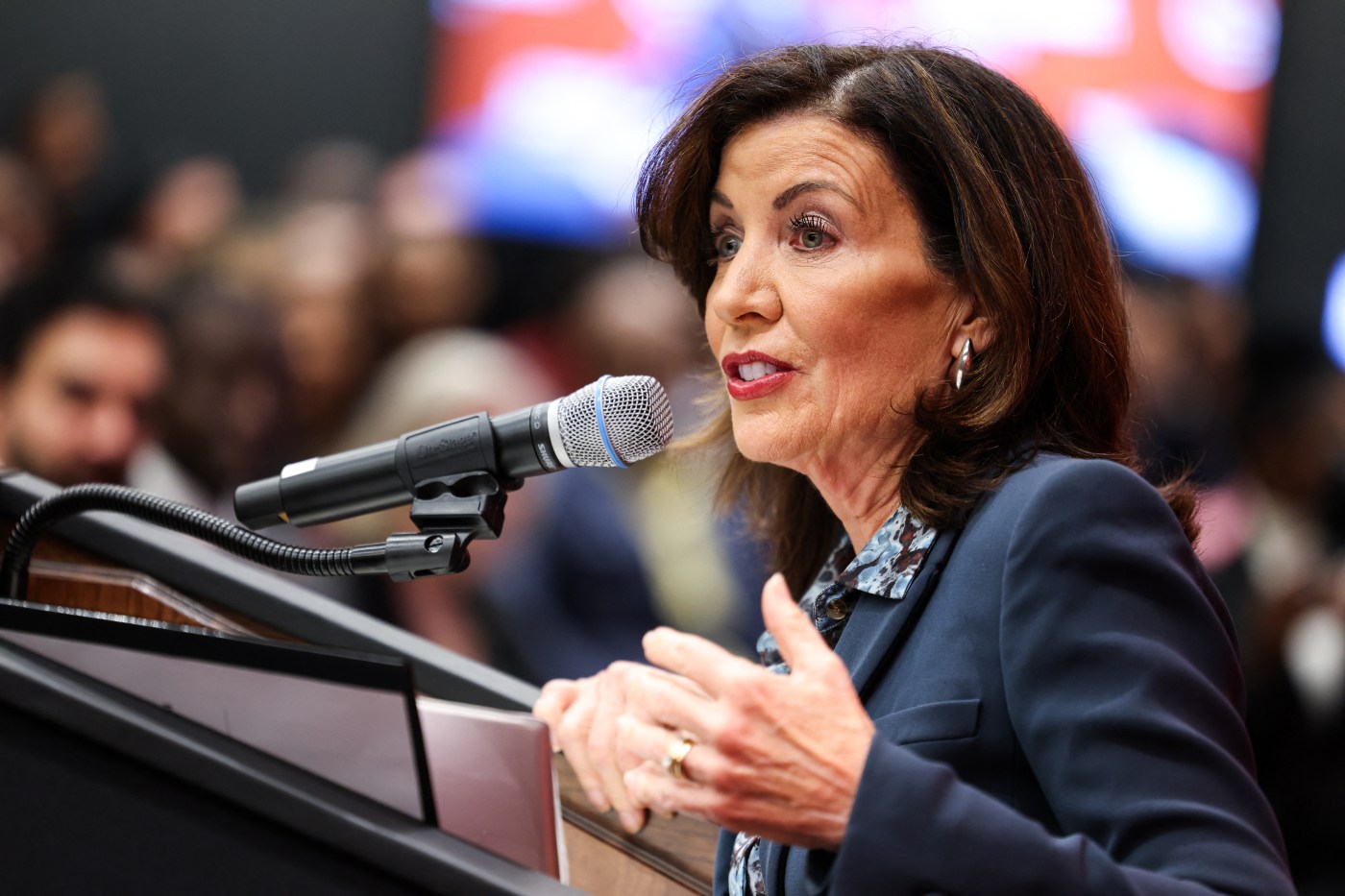Governor Kathy Hochul has officially approved the construction of the 24-mile Northeast Supply Enhancement (NESE) pipeline, a decision aimed at enhancing New York’s energy supply. This pipeline, once criticized by Hochul during the state’s push for clean energy initiatives, has garnered support from both business and labor sectors. Its approval comes at a critical time when the risk of energy shortfalls and potential blackouts looms over the state.
The NESE pipeline is a significant step towards addressing immediate energy needs while the state continues its transition to renewable sources. Since setting ambitious clean energy goals in 2019, New York has faced challenges in meeting its targets. Hochul’s decision acknowledges the reality of the current energy landscape and the necessity of balancing short-term solutions with long-term renewable energy objectives.
New York has made strides towards clean energy, including investments in wind, solar, and nuclear power. Yet, as the state grapples with increasing energy demands, particularly during summer months when air conditioning use spikes, the need for reliable energy sources remains paramount. The state’s energy grid has been assessed by the New York Independent System Operator, which has warned of potential deficiencies, especially in downstate areas.
In light of these challenges, the approval of the NESE pipeline represents a pragmatic approach. Hochul’s administration recognizes that while transitioning to renewable energy is imperative, the state must also ensure that its residents have access to reliable energy in the interim. The pipeline is not intended to undermine New York’s commitment to clean energy, but rather to serve as a necessary measure to mitigate immediate risks.
The situation is further complicated by the existence of other natural gas projects, such as the Constitution pipeline, which has been put on hold. Leaders are tasked with making decisions that benefit both current and future generations. Hochul’s endorsement of NESE does not signify a retreat from clean energy goals; instead, it reflects an understanding that the path to energy independence may require temporary reliance on fossil fuels.
Concerns about energy shortages are not unfounded. Rolling blackouts can have serious repercussions, particularly for vulnerable populations who depend on electricity for health and safety. The potential for outages during peak demand periods highlights the urgency for additional energy infrastructure.
While the NESE pipeline aims to meet the energy needs of millions, questions arise regarding the sustainability of certain energy projects, including the ongoing operation of the Greenidge cryptocurrency plant. This facility’s continued use of gas-fired energy raises questions about the long-term viability of such exceptions to New York’s 2019 climate law.
In conclusion, Governor Hochul’s approval of the NESE pipeline serves as a recognition of the complex energy landscape New York faces. The state must continue to pursue diverse energy solutions while addressing the immediate needs of its residents. As New York works towards its clean energy future, balancing pragmatism with ambition remains essential.


